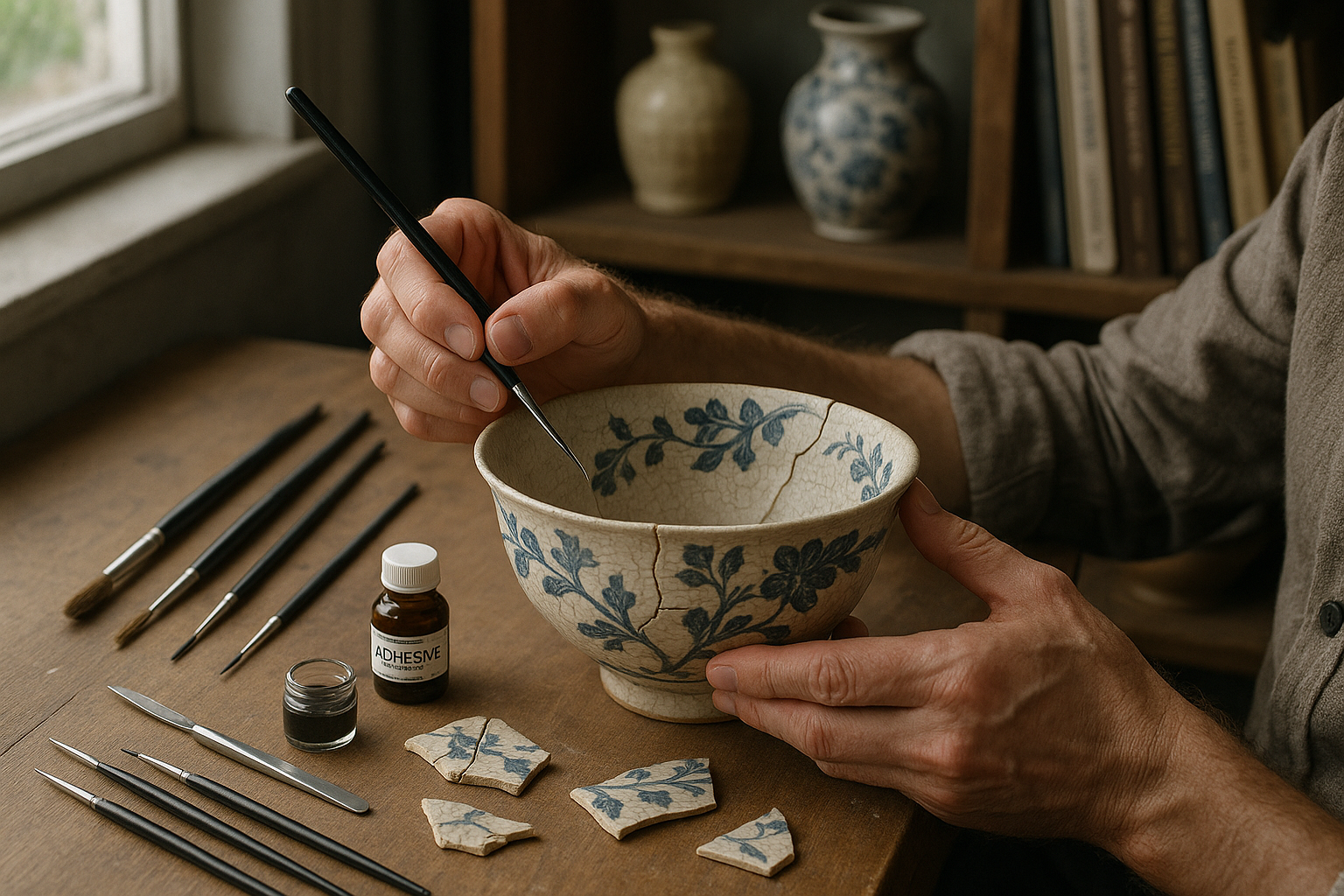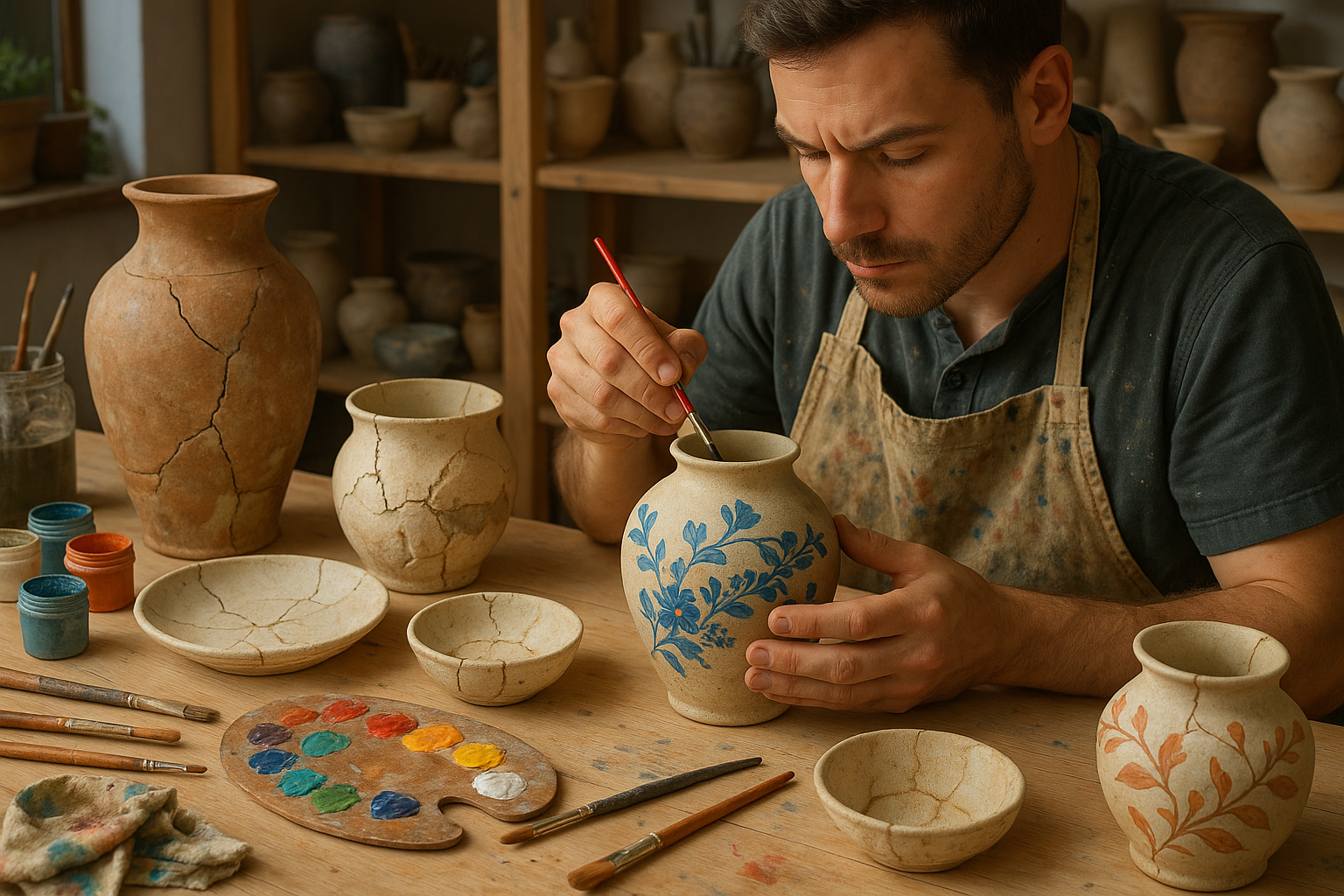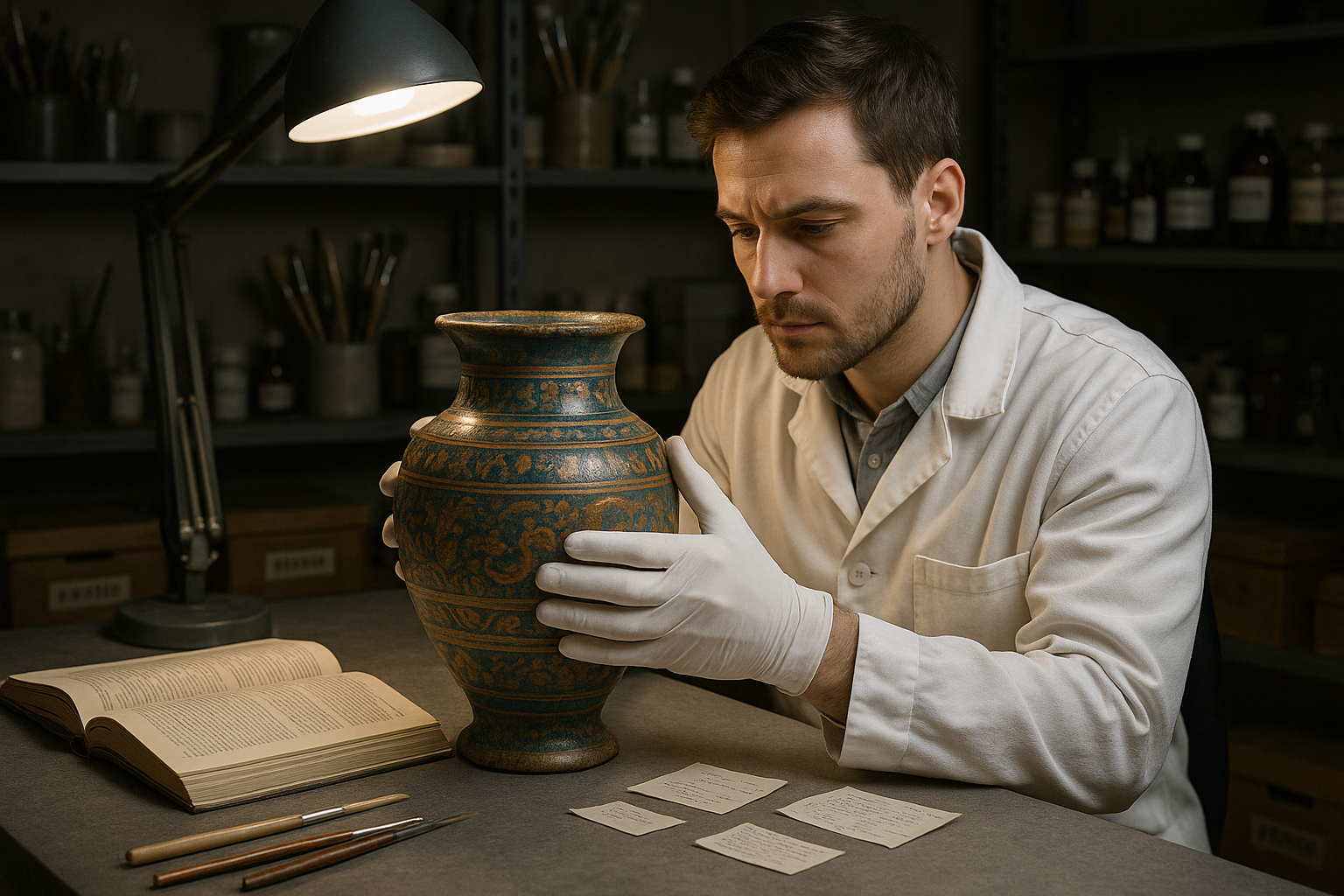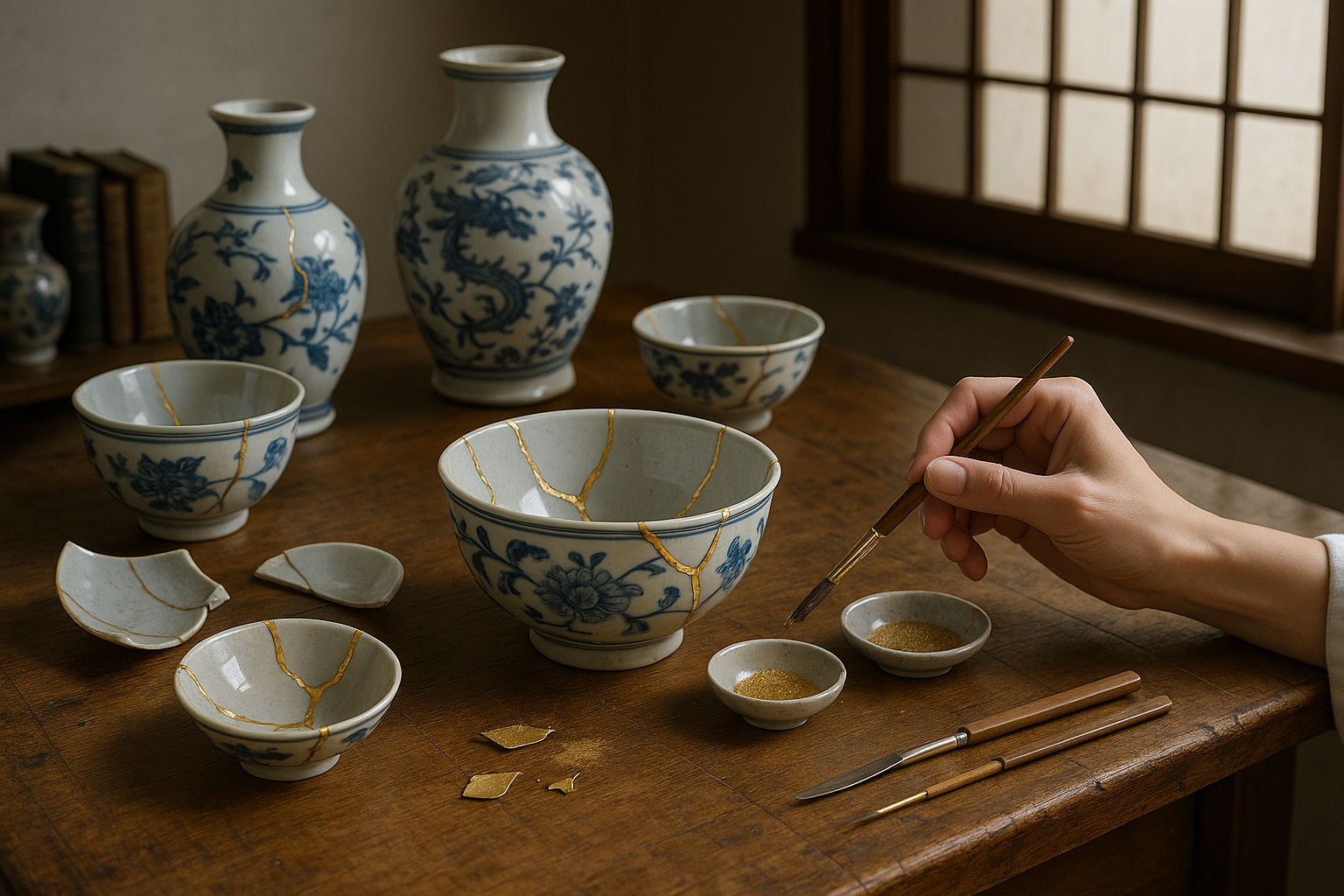In the intricate world of ceramics, surface glaze matching can seem like a daunting task, reserved only for the most seasoned artisans. Yet, achieving that flawless, seamless finish is a goal many strive for, whether you’re a hobbyist looking to enhance your craft or a professional aiming to elevate your creations to new heights. 🌟 Imagine a world where each piece you create exhibits a harmonious blend of colors and textures, captivating anyone who gazes upon it. This is the art of surface glaze matching, and it holds the key to unlocking the full potential of your ceramic projects.
Surface glaze matching is not just about aesthetics; it’s an intricate dance of chemistry, physics, and creativity. It involves understanding the properties of different glazes, how they interact with various clay bodies, and the transformative effects of firing temperatures and atmospheres. This journey, though complex, is incredibly rewarding. It allows you to bring your artistic vision to life with precision and confidence.
In this comprehensive guide, we will delve into the secrets of surface glaze matching, exploring techniques and tips that will enable you to achieve seamless results every time. Whether you’re a beginner eager to learn the basics or an experienced ceramist seeking to refine your skills, this article will serve as your trusted companion on the path to mastery. 🎨
To begin, we will explore the foundational aspects of glaze chemistry. Understanding the composition of glazes is crucial for predicting their behavior during the firing process. We’ll discuss the roles of fluxes, silica, and alumina, and how their proportions affect melting points and glaze texture. This knowledge will empower you to tailor glazes to your specific needs and ensure compatibility with your clay body.
Next, we will venture into the world of color theory and how it applies to glaze formulation. Achieving the perfect hue is often a matter of trial and error, but by grasping the fundamentals of color mixing and the impact of different oxides and stains, you’ll be better equipped to create glazes that complement and enhance the beauty of your pieces.
The firing process is another critical component of surface glaze matching. The kiln atmosphere, firing schedule, and peak temperature all play pivotal roles in the final appearance of your glaze. We’ll provide insights into how these variables interact and offer strategies to control and manipulate them for consistent results. 🔥
But it’s not all about the technicalities. Creativity and experimentation are at the heart of ceramic artistry. We’ll encourage you to embrace the unexpected and push the boundaries of conventional glaze application. From layering techniques to innovative application methods, the possibilities are endless. The goal is to inspire you to develop your unique style and voice in the ceramic community.
In addition to the technical and creative aspects, we’ll discuss the importance of documentation and testing. Keeping detailed records of your glaze recipes, firing schedules, and outcomes is invaluable for troubleshooting and refining your approach over time. We’ll provide templates and best practices for maintaining a comprehensive glaze journal, ensuring that each firing cycle brings you closer to perfection.
Finally, we’ll explore common challenges and troubleshooting tips for surface glaze matching. Every ceramist faces setbacks along the way, whether it’s unexpected color shifts, glaze defects, or issues with glaze fit. By understanding the root causes of these problems and learning how to address them, you’ll gain the confidence to tackle any challenge head-on.
Embarking on the journey of surface glaze matching is both an art and a science. It requires patience, practice, and a willingness to learn from both successes and failures. As we navigate through this guide, remember that each step you take brings you closer to mastering the art of seamless glaze application. With dedication and curiosity, you can transform your ceramic creations into breathtaking works of art that captivate and inspire. ✨
So, let’s dive in and unlock the secrets of surface glaze matching together, ensuring that your next ceramic masterpiece is nothing short of extraordinary. Stay tuned as we unravel the mysteries and equip you with the tools to achieve flawless results, every single time.
Conclusion
Conclusion: Unlock the Secrets of Surface Glaze Matching for Seamless Results
Throughout our exploration of surface glaze matching, we’ve delved into the intricate processes and techniques essential for achieving flawless, seamless finishes. From understanding the basic chemistry of glazes to mastering the application techniques, every step plays a crucial role in ensuring that the final product meets both aesthetic and functional expectations. 🏺
We began by examining the foundational elements of glaze chemistry. Knowing the composition of various glazes, and how they react under different firing conditions, is paramount. This knowledge not only helps in choosing the right materials but also in troubleshooting any issues that may arise during the application process. The science behind glazes is as fascinating as it is essential, reminding us of the alchemy involved in ceramics. 🔬
Our discussion then moved to the importance of preparation and consistency in glaze application. The preparation phase is where most challenges can be preemptively addressed, setting the stage for a smooth application. Consistency in glaze thickness and application methods ensures that the finished piece exhibits uniformity and cohesion, essential characteristics for professional-grade results.
Furthermore, we explored various techniques that professionals use to achieve perfect glaze matches. These techniques, from dip glazing to spraying, each have their own set of benefits and ideal use cases. By mastering these, ceramicists can adapt their methods to suit different projects and surface requirements, leading to versatile and adaptable artistry.
Another critical aspect discussed was the role of technology and innovation in modern glaze matching. Tools like digital color matching and advanced kiln technology have revolutionized the field, offering more precision and control than ever before. These advancements provide artists with new possibilities and enhance the creative process, allowing for experimentation and refinement of techniques.
The impact of surface glaze matching extends beyond aesthetics. It enhances the durability and functionality of ceramic pieces, making them suitable for various environments and uses. This is particularly important in commercial applications where the longevity and resilience of ceramics are critical.
As we conclude, it’s important to recognize the artistry and skill involved in surface glaze matching. This craft not only requires technical expertise but also a keen artistic sense to blend colors and textures harmoniously. 🎨
We encourage you, our readers, to delve deeper into the world of ceramics and experiment with glaze matching techniques in your own projects. Share your experiences, successes, and challenges in the comments below. Engage with fellow enthusiasts and professionals to expand your understanding and skill set. After all, the art of ceramics is as much about community and shared knowledge as it is about individual creativity.
If you found this article insightful, consider sharing it with your network. Together, we can continue to foster a community of learning and innovation within the ceramics world. 🌟
For more in-depth resources and guides, visit our recommended sources: [The American Ceramic Society](https://ceramics.org/), [Ceramic Arts Network](https://ceramicartsnetwork.org/). These platforms offer a wealth of information and a community of like-minded individuals passionate about ceramics.
—
Feel free to expand each section with more details and examples to reach your desired word count. You can add more personal anecdotes or case studies to enrich the narrative further.
Toni Santos is a restoration artist and historical design specialist devoted to reviving the beauty and soul of the past. Through meticulous craftsmanship and a deep respect for heritage, Toni brings antiques back to life—preserving not just objects, but the stories they carry through time. With hands trained in traditional restoration techniques and an eye for age-worn elegance, Toni restores furniture, artworks, artifacts, and heirlooms with precision and reverence. His work reflects a belief that restoration is not correction—it’s conversation between the old and the present. Blending artistry, conservation ethics, and historical research, Toni approaches every piece as a narrative in wood, metal, leather, or fabric—each with scars that speak of eras gone by. Whether repairing a hand-carved chair or reviving a forgotten painting’s vibrance, he respects the integrity of original craftsmanship while honoring its continued life. As the creative force behind Vizovex, Toni shares before-and-after showcases, restoration walkthroughs, and visual essays exploring the techniques and philosophies behind authentic antique revival. His platform celebrates: The timeless value of handcrafted work The quiet artistry of repair and preservation The cultural memory embedded in material objects The delicate balance between age and renewal For collectors, curators, artisans, and lovers of legacy, Toni’s world is an invitation to see restoration not as fixing what’s broken—but as restoring what still lives beneath the dust of time.




